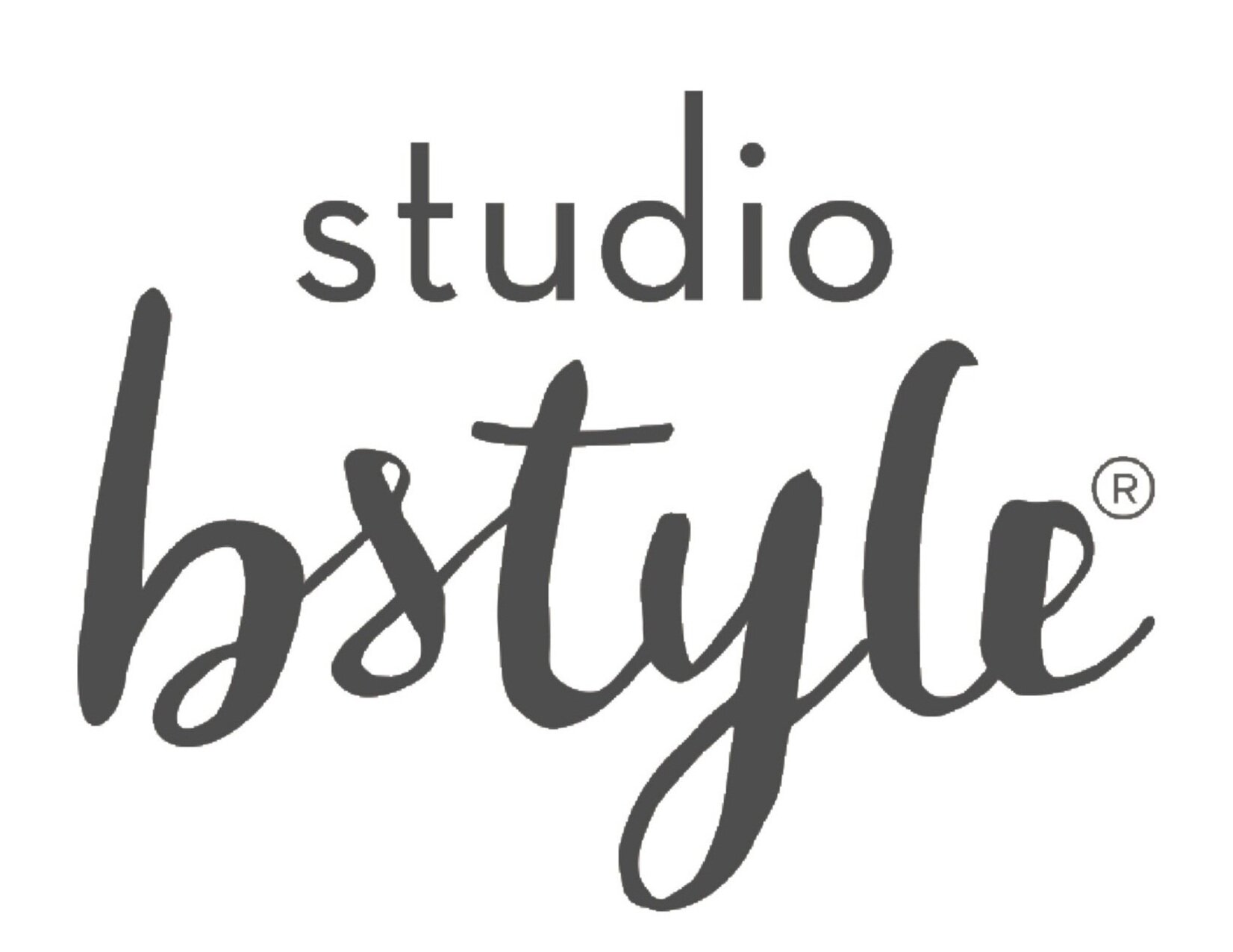Finding the Perfect Pattern
After diving into the strong points of tile, this week we’ll go over wallpaper, a very user-friendly way to decorate your walls and liven up your rooms. While certain patterns and prints may not have aged well, wallpaper as a medium has always been an accessible and flexible option for designers who need to add more texture and color to their rooms.
With advances in printing technology and the daring of modern designers, wallpaper can now host nearly any design imaginable and stay well within your budget. Here are some of studiobstyle’s favorites:
Ellie Cashman’s floral wallcovering https://www.elliecashmandesign.com/; Photo: tnehottephoto.com; Interior Design: Barbara Schmidt, studiobstyle.com
Wallpaper patterns based on organic forms are timeless beauties. Prints like the one above suggest motion and liveliness while holding to a sense of growth and structure. This middle ground between rigid patterning and dynamic motion is something that many wallpapers strive for, but is entirely natural for organic forms.
Other motifs such as mountains, feathers, and clouds also fall under the “organic” category, or “natural” if you want to be exact. Broadly speaking, these themes scale up well; the larger your working space, the more you take advantage of the openness and energy your motif conveys.
F. Schumacher “Feathers” https://www.fschumacher.com/5008612; Photo: tnehottephoto.com; Interior Designer Barbara Schmidt, studiobstyle.com
If you have a favorite motif, or can’t pick a singular theme, you might want to look at using or creating a wallpaper mural. A mural lacks the repeated patterns of traditional wallpaper, and instead displays one large image across the entire wall. Instead of hinting at a cloudy sky or distant mountain range, a mural will clearly display a scene and become the focus of a room. There are advantages and disadvantages to both traditional wallpaper and mural prints, so it’s important to consider what works best with your vision for the room.
Geometric forms are a very safe choice in modern wallpapers, easily capturing the eye with lines implying motion and tessellation. Wallpapers in this genre tend to play with dimensionality and color, making the most of illusionary angles, planes, and curves to trick your eyes and create startling or entrancing patterns. However, you can also get very subtle with these patterns and use neutral tones and small shapes to create a fine visual texture.
Wall coverings can be made of just about anything, from wallpaper to fabric to tile. Every material has its own properties and advantages as a design element, and offers something different when considering patterns and textures. While we focused on wallpaper today, the principles discussed apply to wall coverings as a whole, and even design as a whole. The inherent flexibility of wall coverings means you can use them as a conceptual foundation for your designs, or consider them as a finishing touch. As always, creative thinking is the key.




